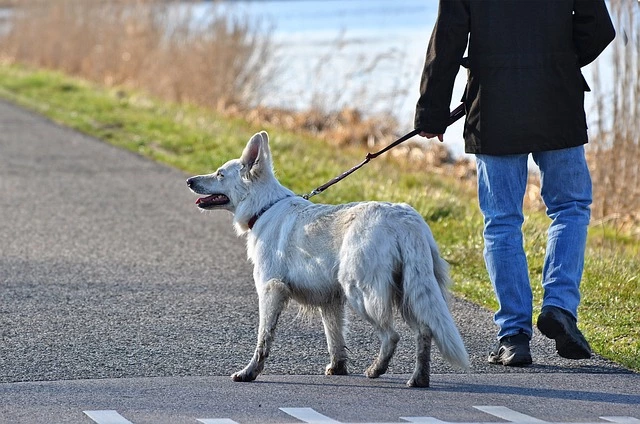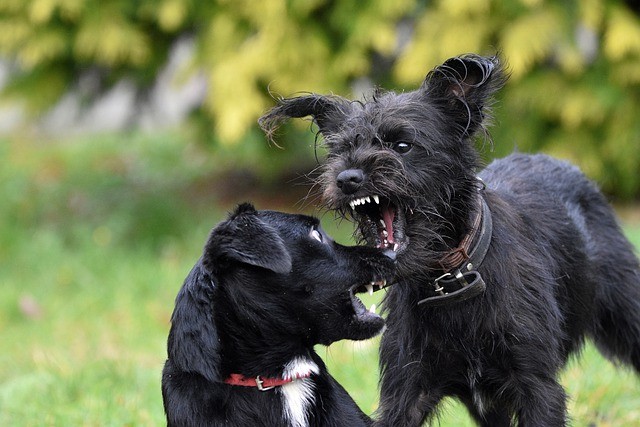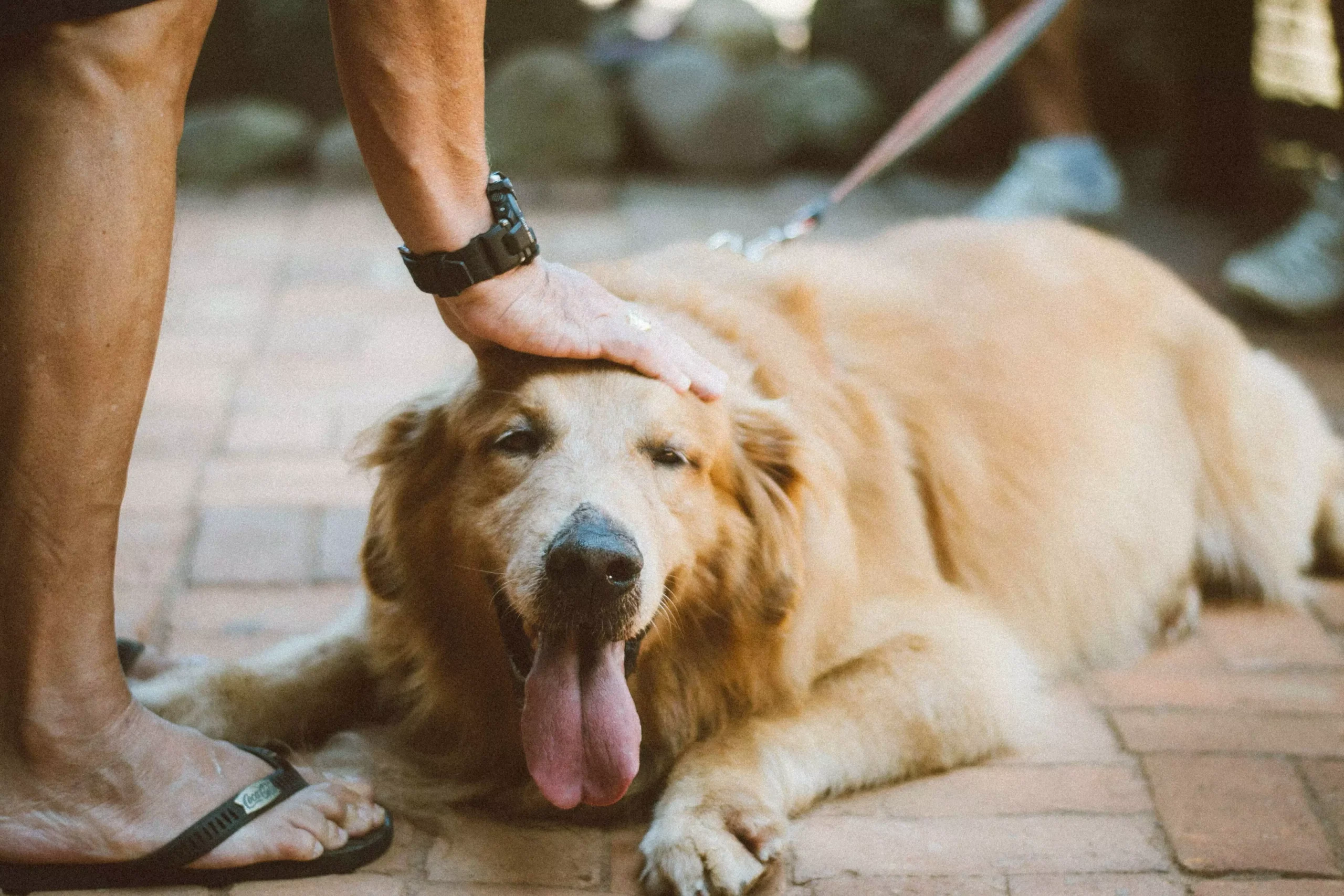Off-leash activities can be a wonderful way to give your dog the freedom and exercise they need while building a strong bond with them. However, it’s crucial to establish a reliable recall command to ensure your dog’s safety and well-being. In this article, we will explore effective techniques and tips to help you establish a reliable recall command for off-leash activities. Additionally, we will address frequently asked questions to provide you with comprehensive guidance.
Understanding the Importance of a Reliable Recall Command
First and foremost, a reliable recall command is essential for your dog’s safety. Whether you’re hiking in the woods or enjoying a day at the beach, having the ability to call your dog back to you can prevent potential dangers such as traffic accidents or encounters with aggressive animals.
Furthermore, a reliable recall command allows your dog to enjoy off-leash activities without constant restrictions. They can explore their surroundings, run freely, and engage in natural behaviors without the confinement of a leash.
Establishing a reliable recall command also helps strengthen the bond between you and your furry companion. When your dog knows they can trust you to keep them safe and provide guidance, it deepens the connection and enhances your relationship.
Fundamental Steps to Train a Reliable Recall Command
To establish a reliable recall command, it’s important to start indoors in a controlled environment. Begin by using a clear and consistent recall word or phrase, such as “come” or “here.” Use positive reinforcement techniques, such as treats or praise, to reward your dog when they come to you after being called. Gradually increase the level of distractions and distance during training sessions to ensure your dog can reliably respond in various situations.
Consistency is key when training a recall command. Practice recall exercises regularly, both indoors and outdoors, to reinforce the command and ensure your dog understands the expectation.
Additional Techniques to Enhance Recall Training
In addition to the fundamental steps, there are several techniques that can enhance recall training. Transitioning from a regular leash to a longer one, such as a 30-foot training leash, can provide your dog with added freedom while still maintaining control. Incorporating high-value rewards, such as special treats or toys, can motivate your dog to come when called. Pairing the recall command with positive experiences, such as playtime or a favorite activity, can also reinforce the command and make it more enjoyable for your dog.
It’s important to be patient and persistent throughout the training process. Recall training takes time and effort, and progress may be gradual. If you encounter challenges or feel overwhelmed, don’t hesitate to seek professional help from a qualified dog trainer who specializes in recall training. They can provide personalized guidance and support based on your dog’s specific needs.
Frequently Asked Questions (FAQs)
Q1. How long does it usually take to train a reliable recall command?
The time it takes to train a reliable recall command can vary depending on factors such as your dog’s age, breed, and previous training experiences. It’s important to be patient and consistent, as training may take several weeks or even months.
Q2. Is it possible to train an older dog to have a reliable recall?
Yes, it is possible to train an older dog to have a reliable recall. While it may take more time and patience compared to training a young puppy, older dogs can still learn new commands and behaviors with consistent training and positive reinforcement.
Q3. What should I do if my dog doesn’t come when called?
If your dog doesn’t come when called, avoid chasing or yelling at them, as this can create a negative association with the recall command. Instead, try using a more enticing reward or reinforcing the recall command in a less distracting environment. It’s important to analyze the situation and identify any potential reasons why your dog may not be responding, such as fear or lack of motivation.
Q4. Can I use punishment to enforce the recall command?
Using punishment to enforce the recall command is not recommended. Punishment can create fear and anxiety in your dog, making them less likely to come when called. Positive reinforcement, such as treats, praise, and play, is a more effective and humane method of training.
Q5. Are certain dog breeds more challenging to train for recall?
While individual dogs may vary in their trainability, certain dog breeds known for their independence or high prey drive may present more challenges when training for recall. However, with consistent training and positive reinforcement, all dogs can learn to have a reliable recall command regardless of breed.
Conclusion
Establishing a reliable recall command is vital for ensuring your dog’s safety, allowing them to enjoy off-leash activities, and strengthening your bond with them. By following the fundamental steps, incorporating additional techniques, and practicing consistency, you can successfully train your dog to come when called. Remember to be patient, persistent, and always prioritize positive reinforcement. If you encounter challenges along the way, seeking professional help can provide valuable insights. Enjoy the newfound freedom and happiness that a reliable recall command brings to both you and your furry friend.









